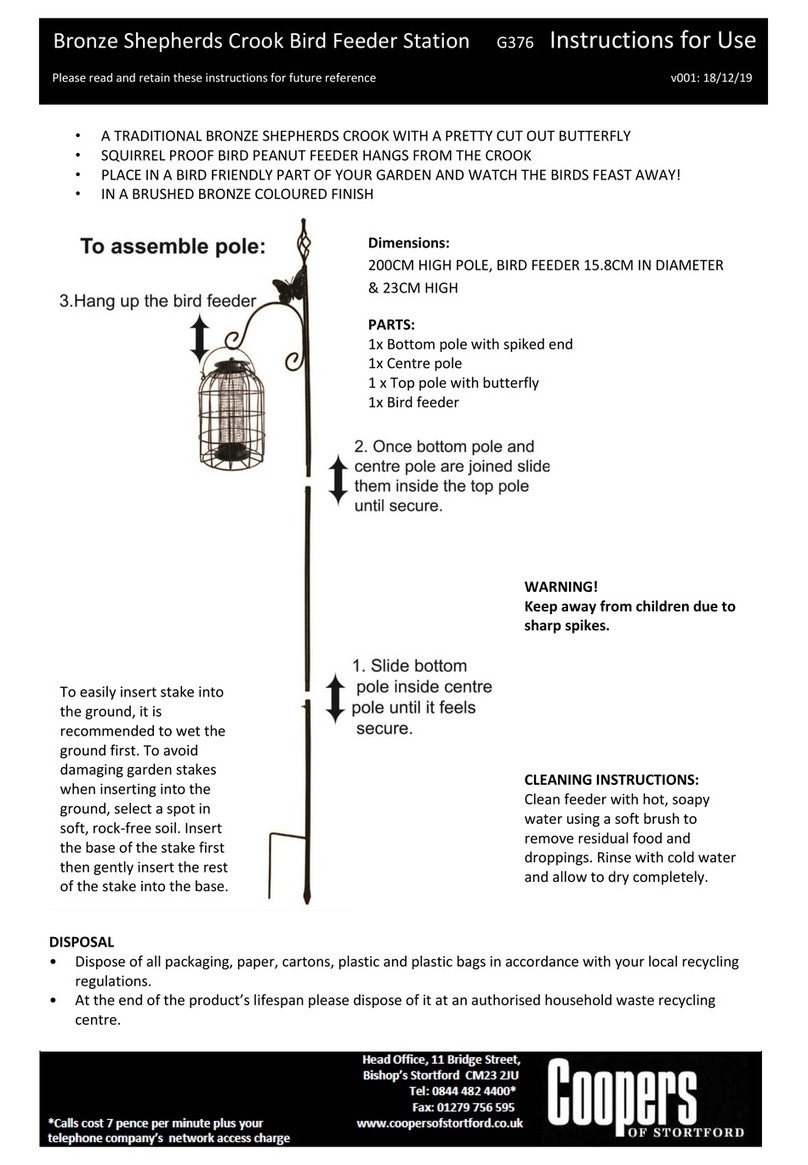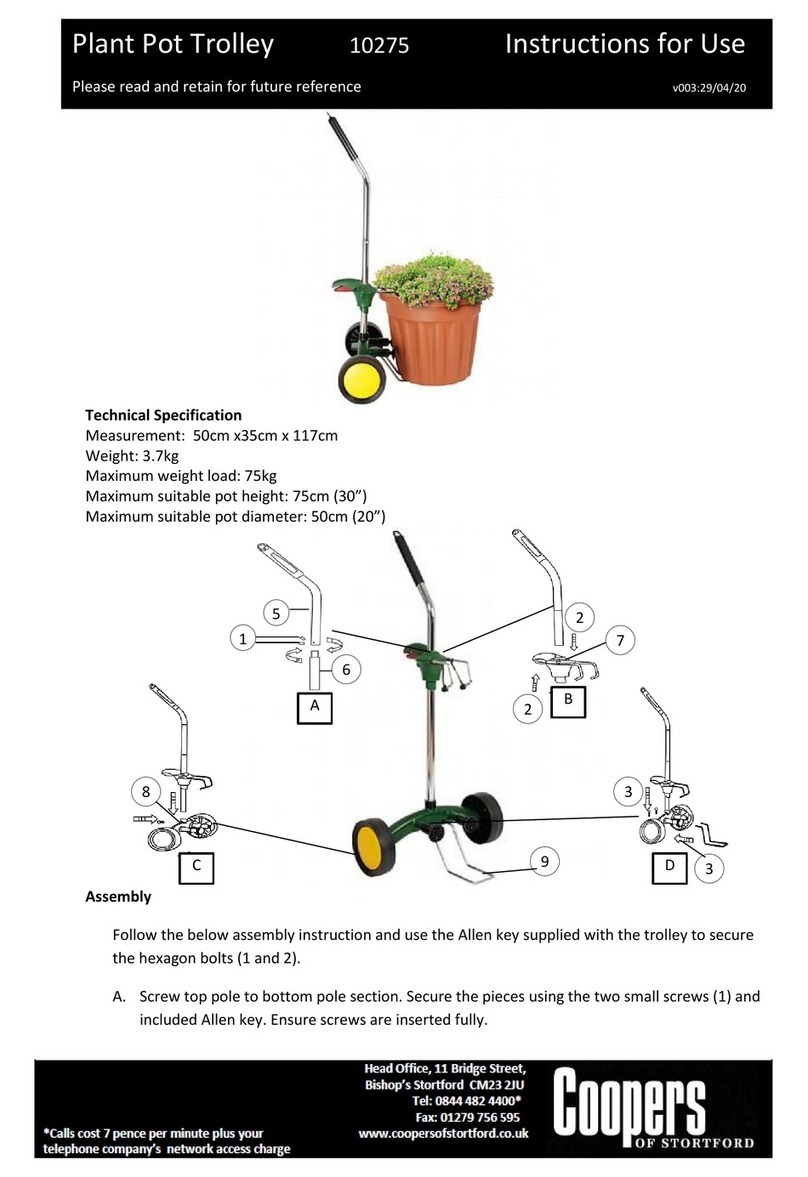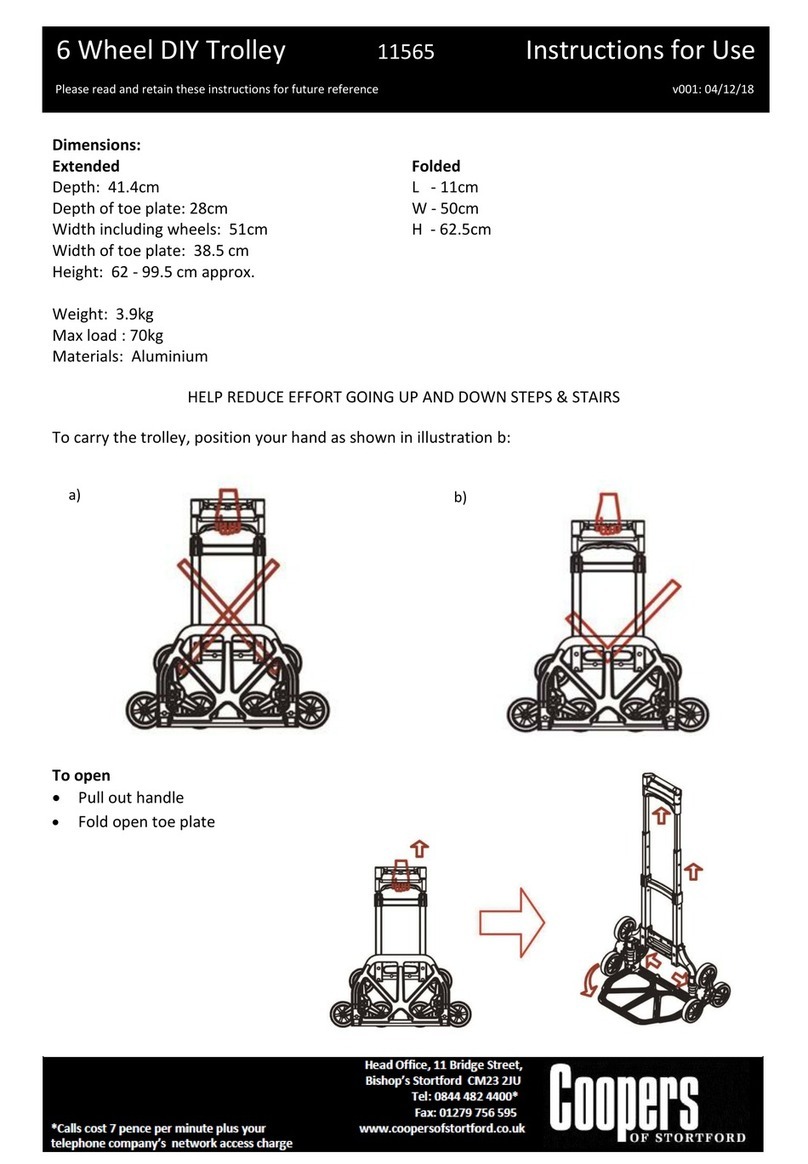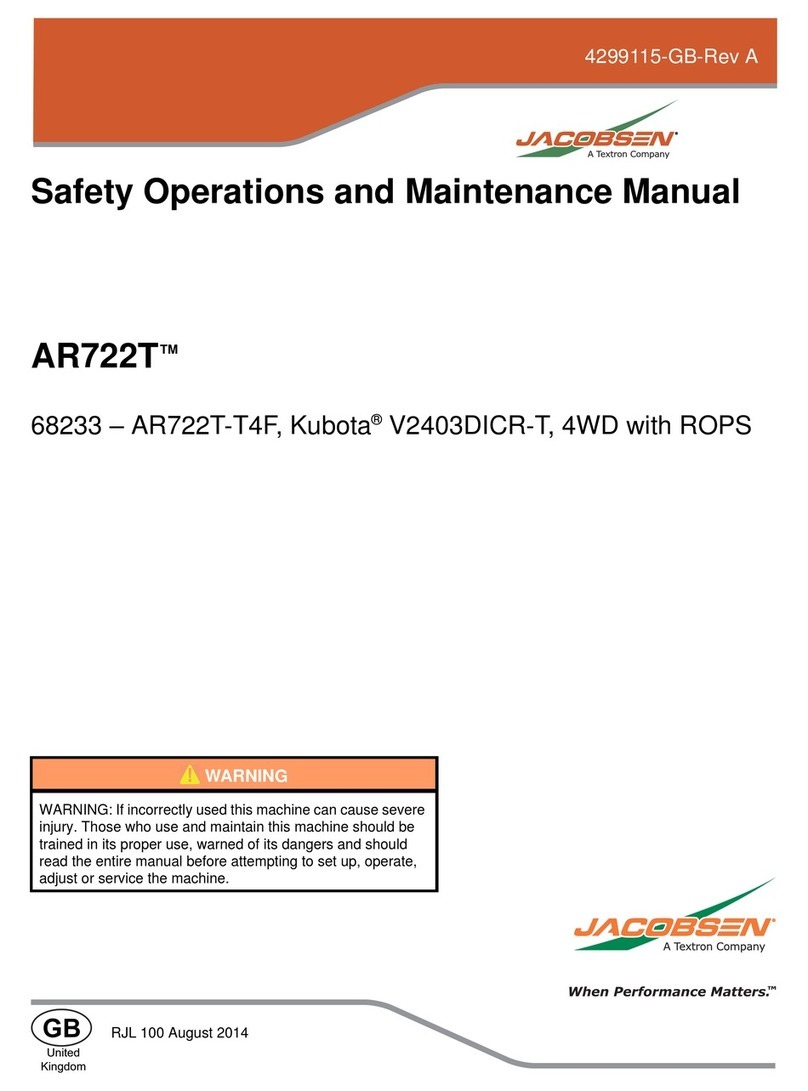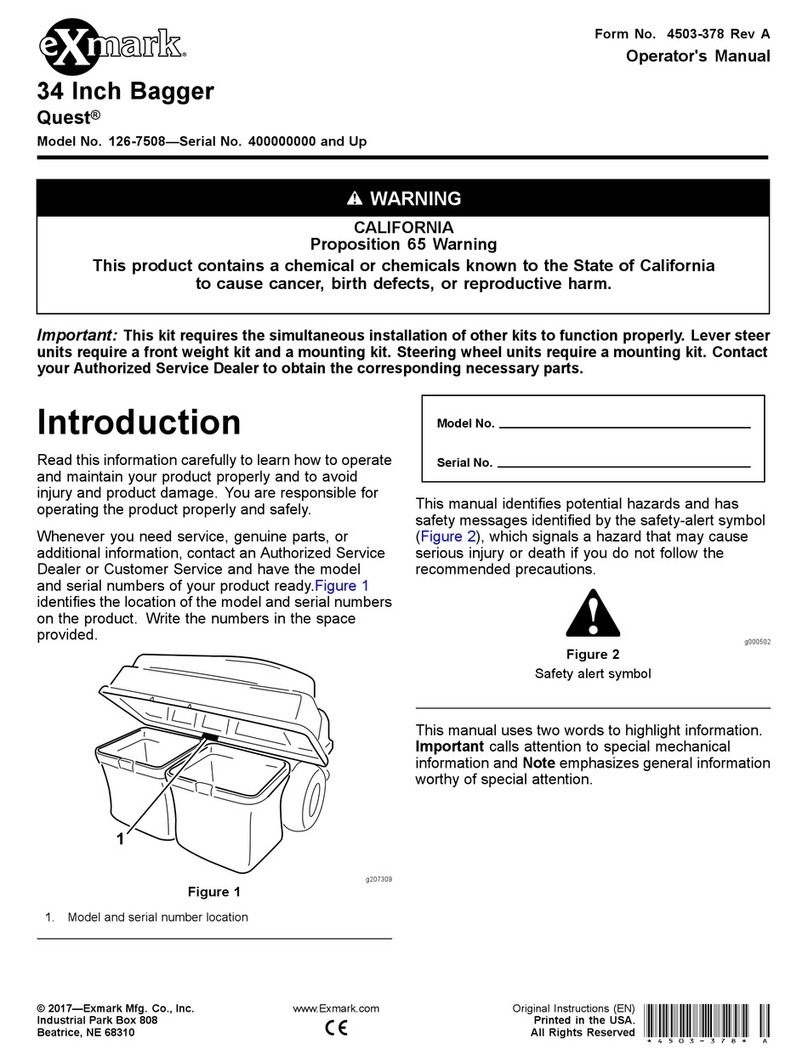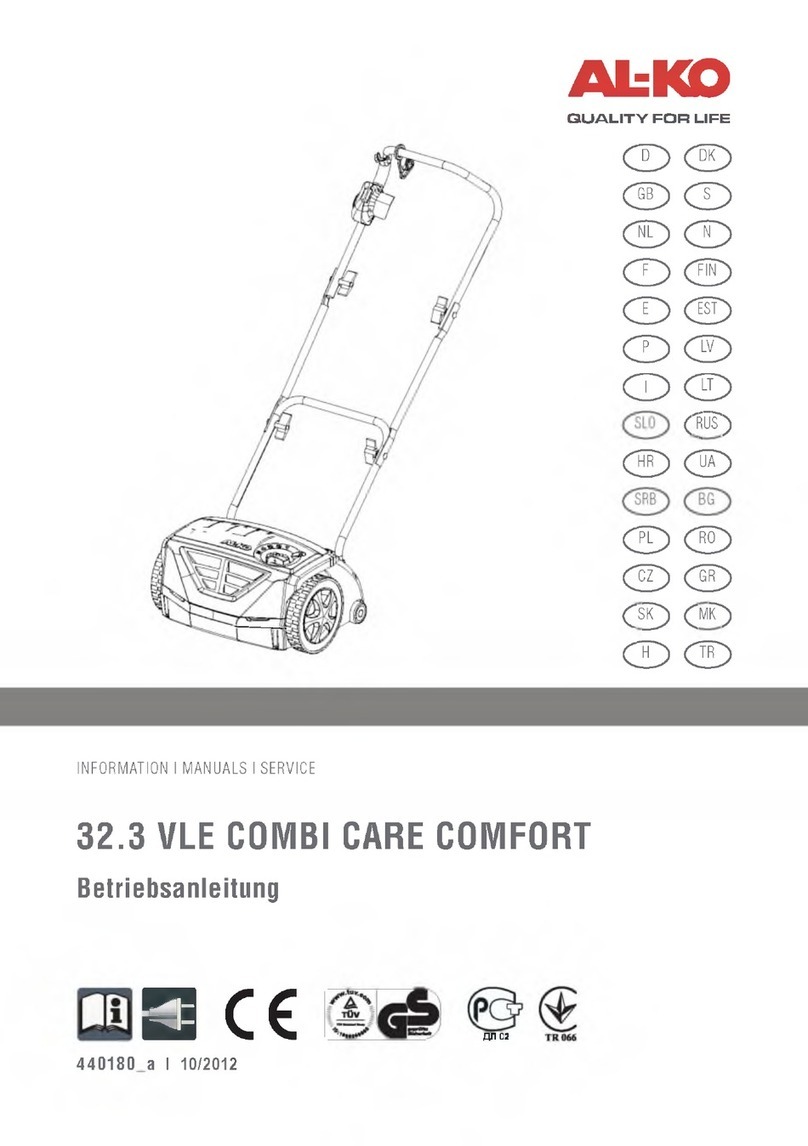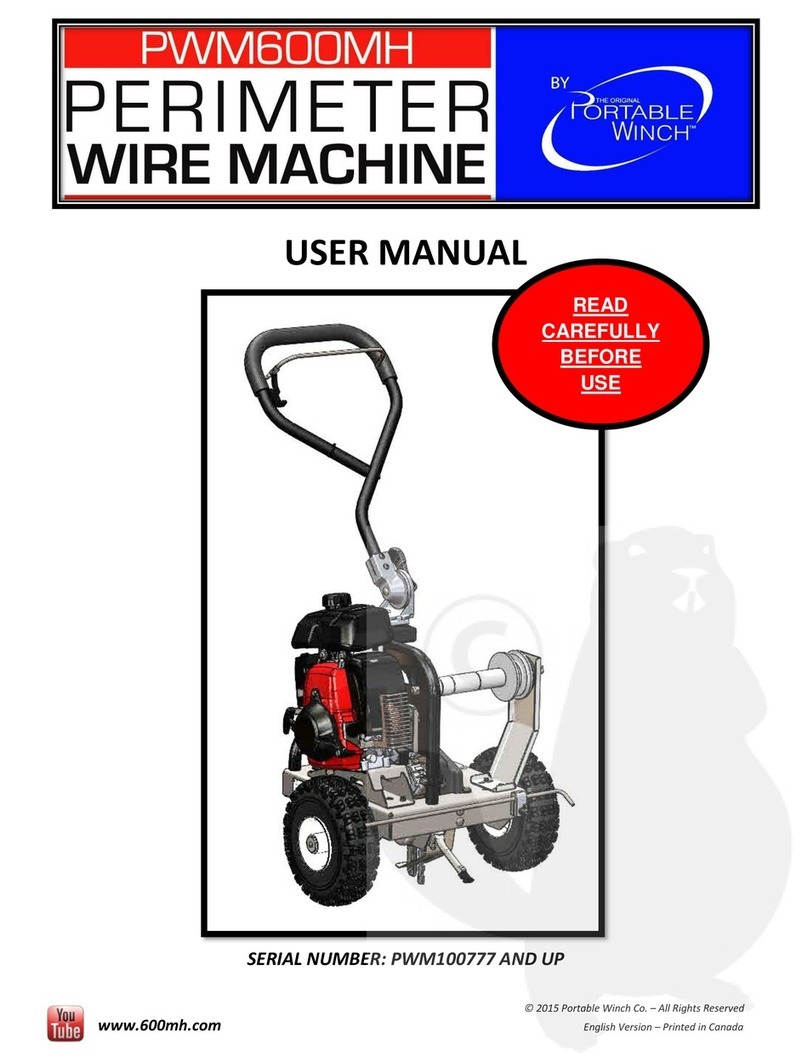Coopers of Stortford 9489 User manual
Other Coopers of Stortford Lawn And Garden Equipment manuals
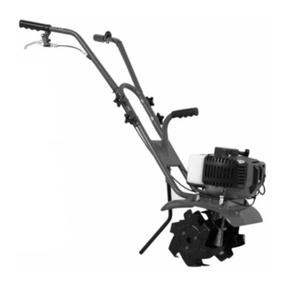
Coopers of Stortford
Coopers of Stortford 8957 User manual
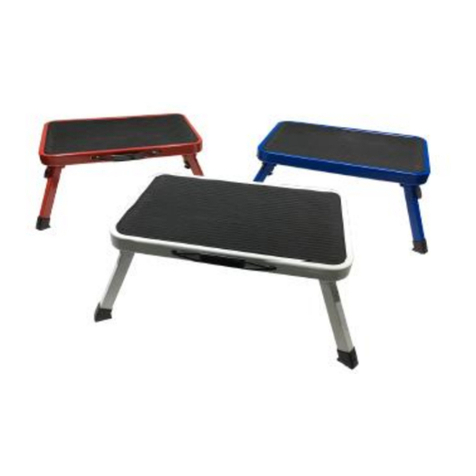
Coopers of Stortford
Coopers of Stortford One Small Step User manual
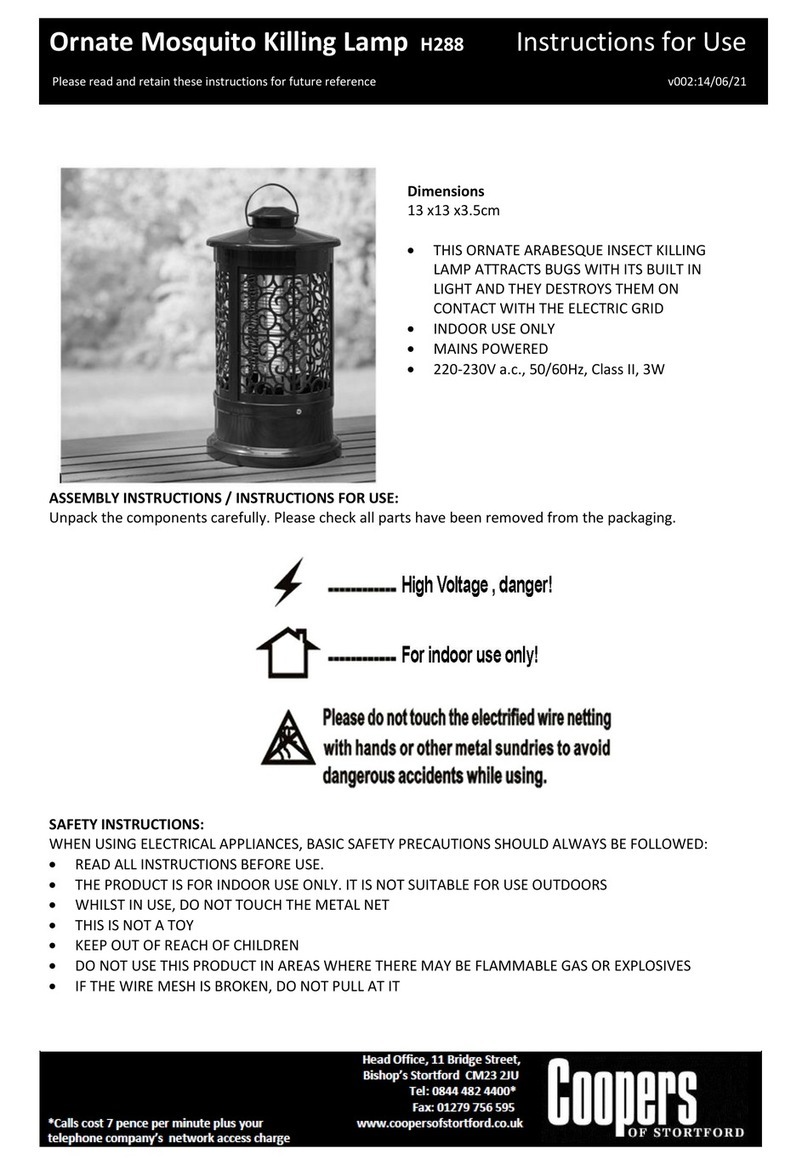
Coopers of Stortford
Coopers of Stortford H288 User manual
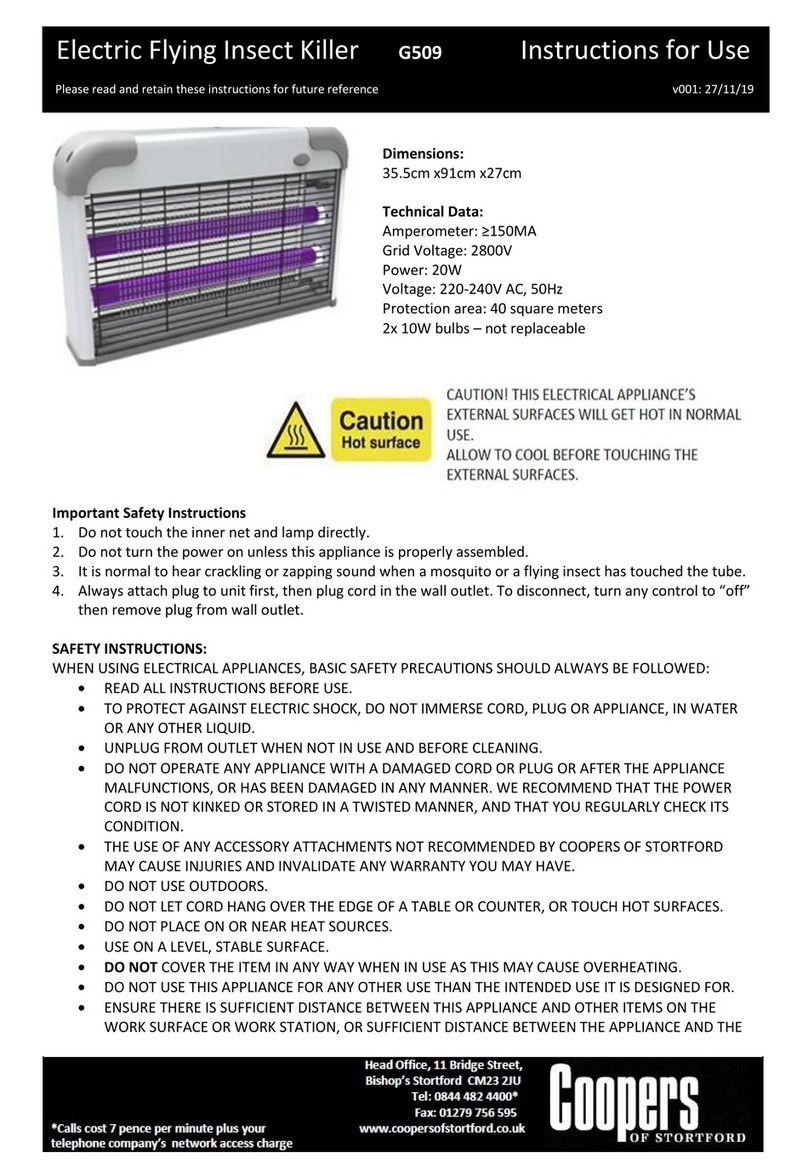
Coopers of Stortford
Coopers of Stortford G509 User manual
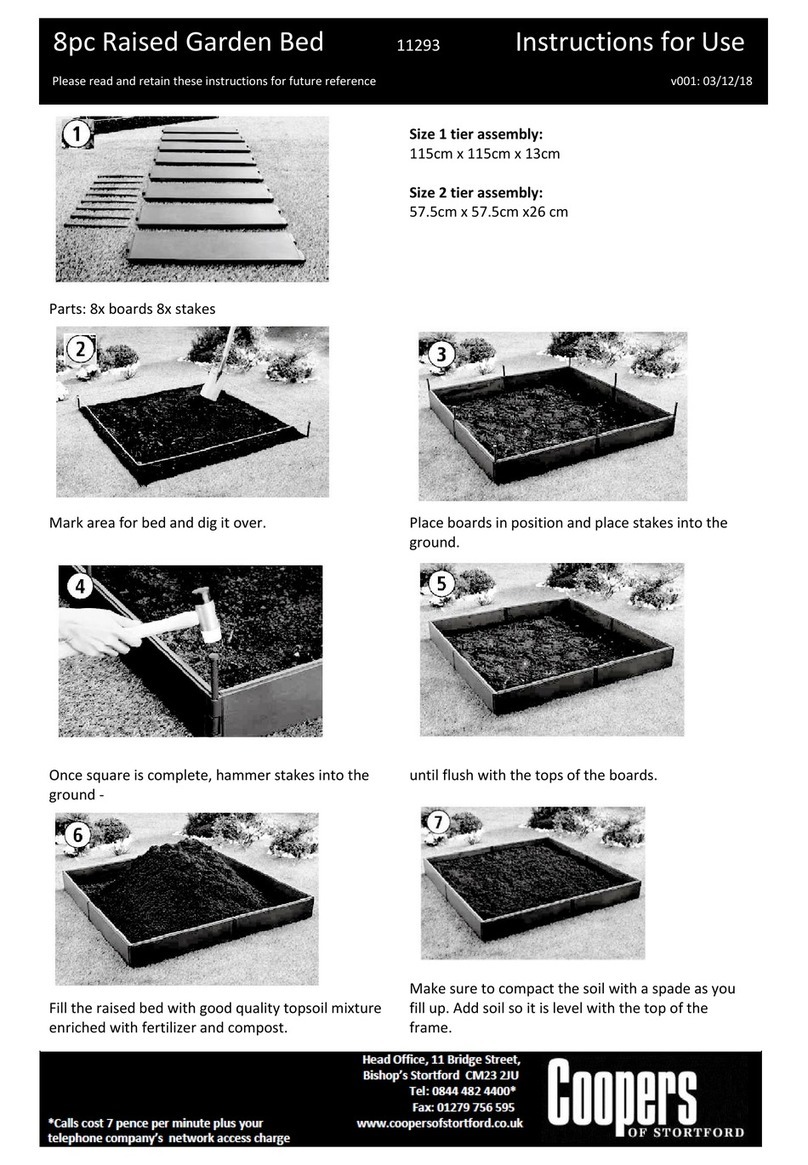
Coopers of Stortford
Coopers of Stortford 11293 User manual
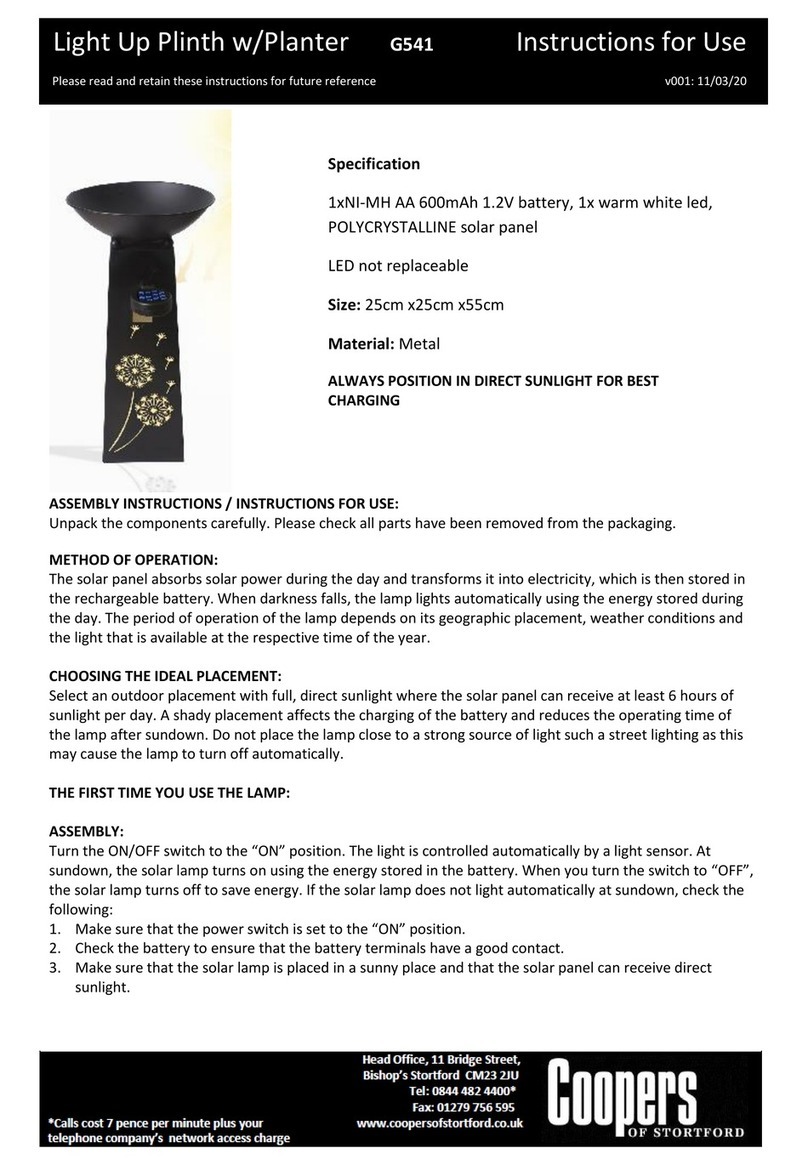
Coopers of Stortford
Coopers of Stortford Light-Up Plinth w/Planter User manual
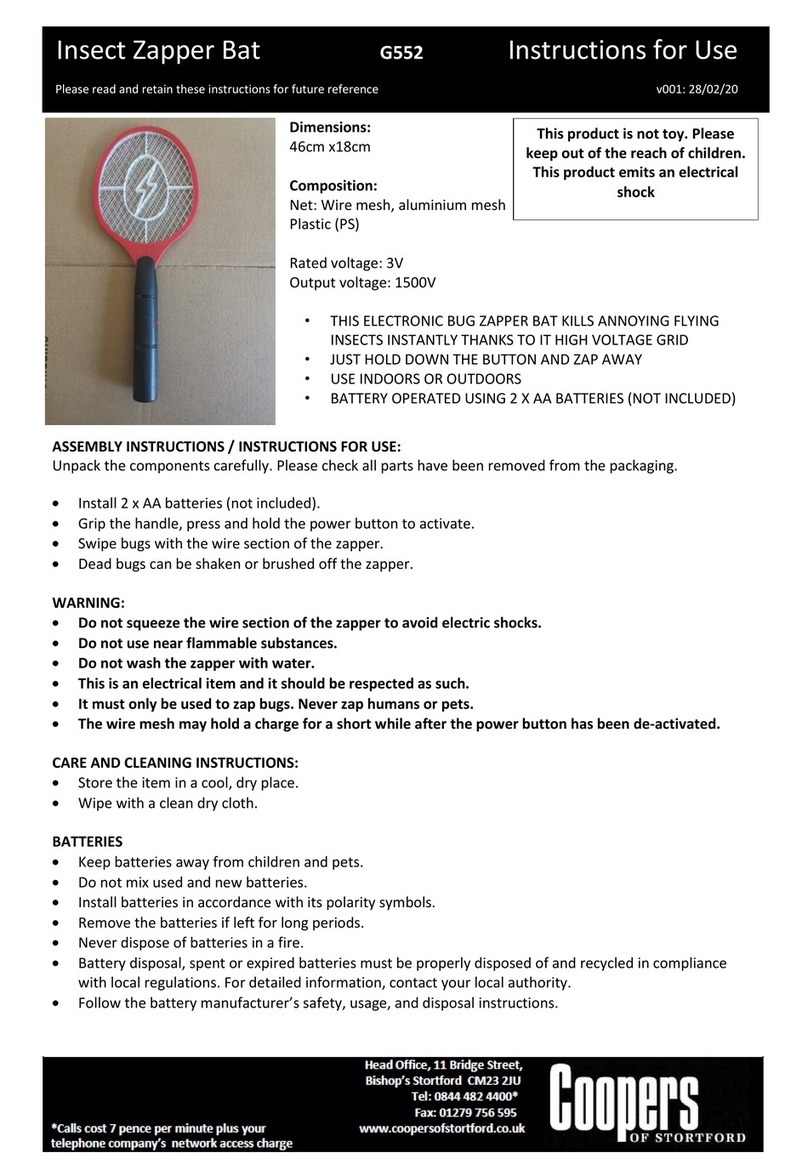
Coopers of Stortford
Coopers of Stortford G552 User manual
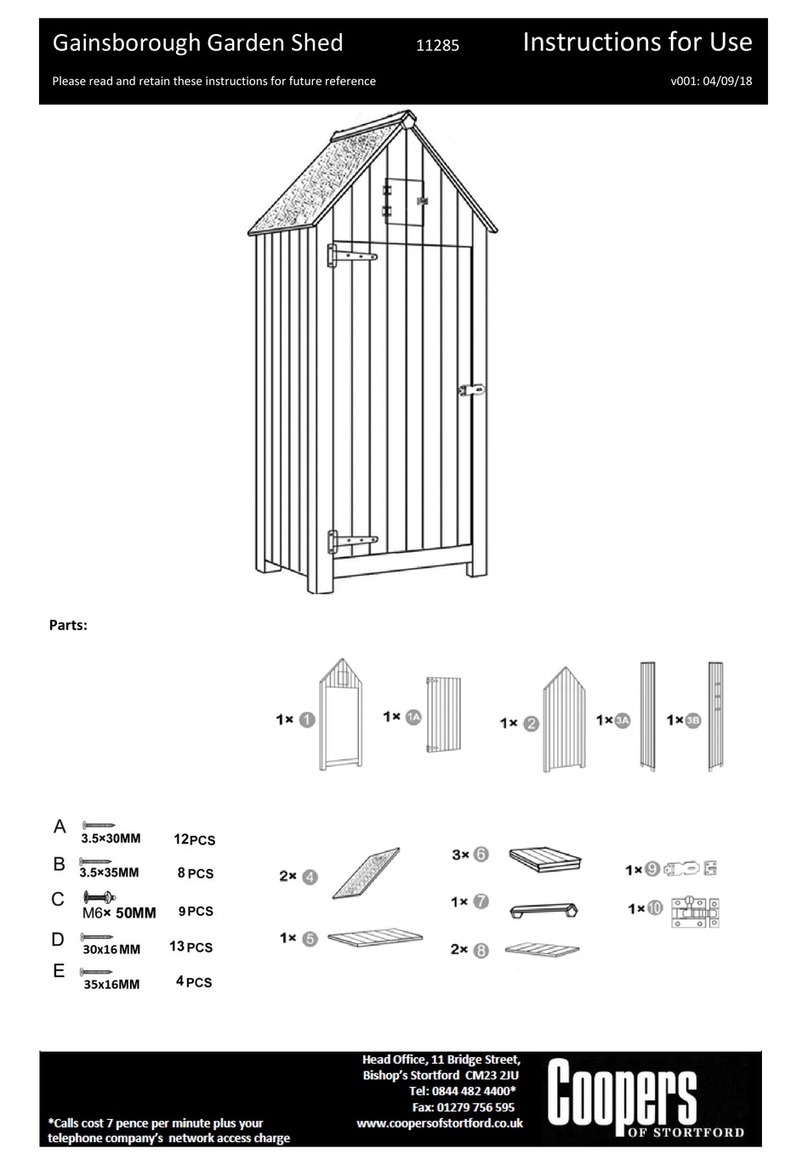
Coopers of Stortford
Coopers of Stortford Gainsborough Garden Shed User manual
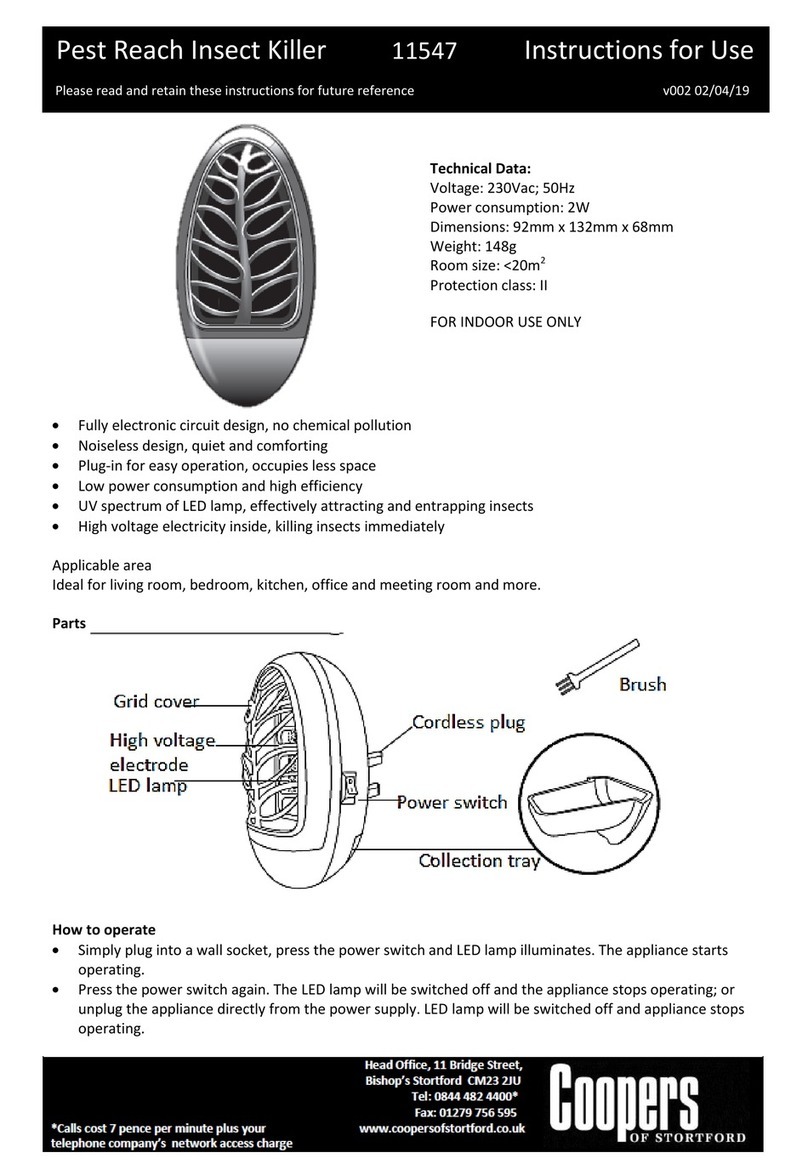
Coopers of Stortford
Coopers of Stortford 11547 User manual
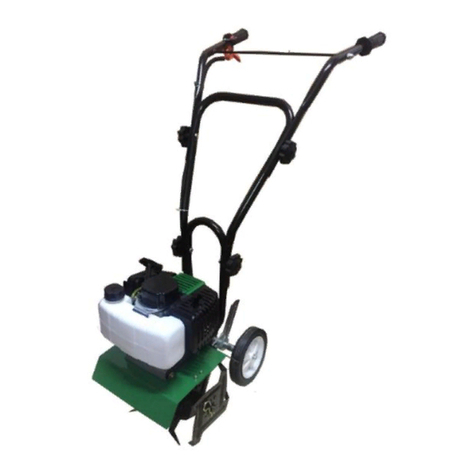
Coopers of Stortford
Coopers of Stortford 10598 User manual
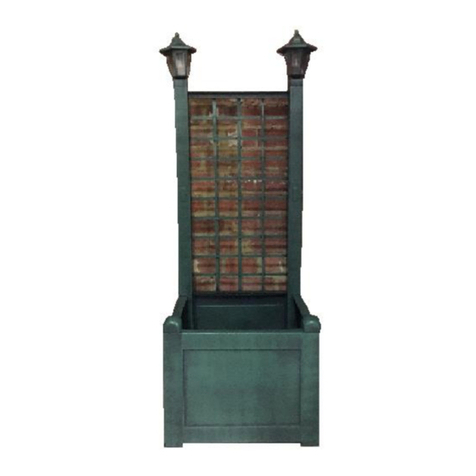
Coopers of Stortford
Coopers of Stortford Solar Trellis Planter User manual
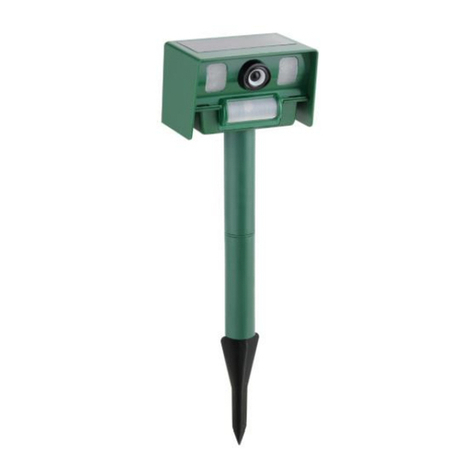
Coopers of Stortford
Coopers of Stortford 10570 User manual

Coopers of Stortford
Coopers of Stortford 10595 User manual
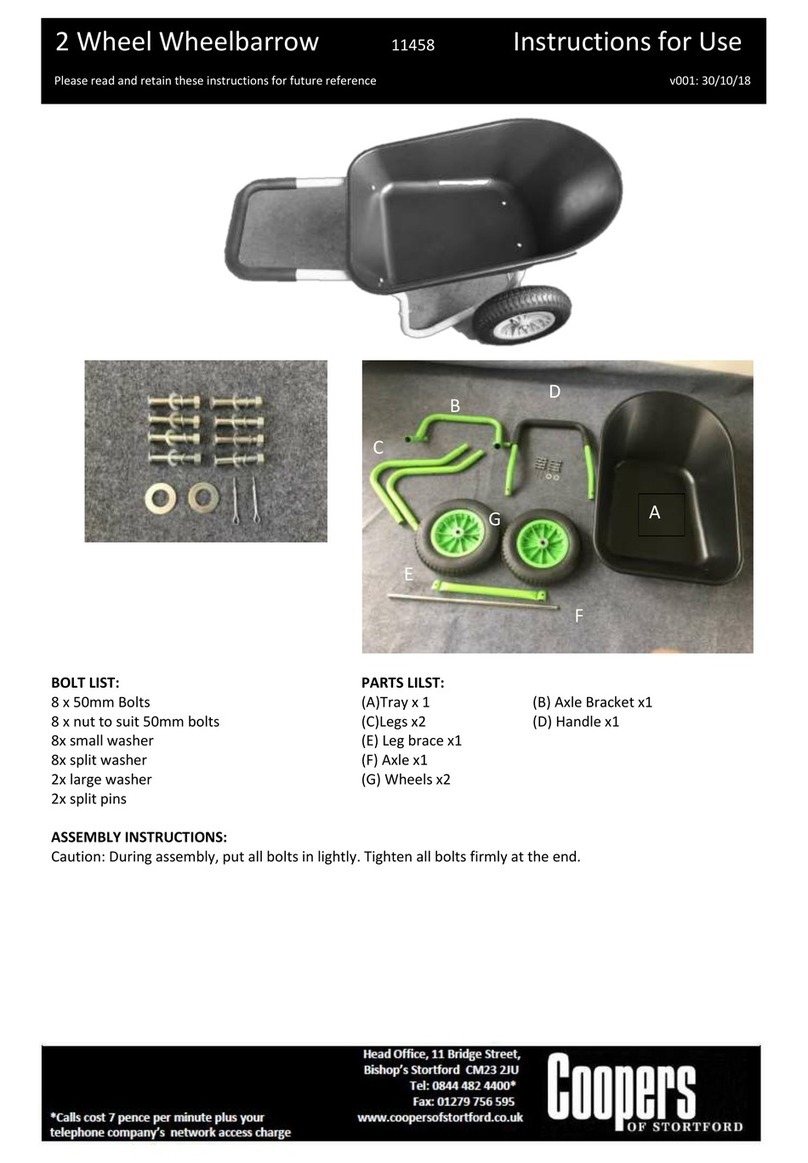
Coopers of Stortford
Coopers of Stortford 11458 User manual

Coopers of Stortford
Coopers of Stortford 11434 User manual
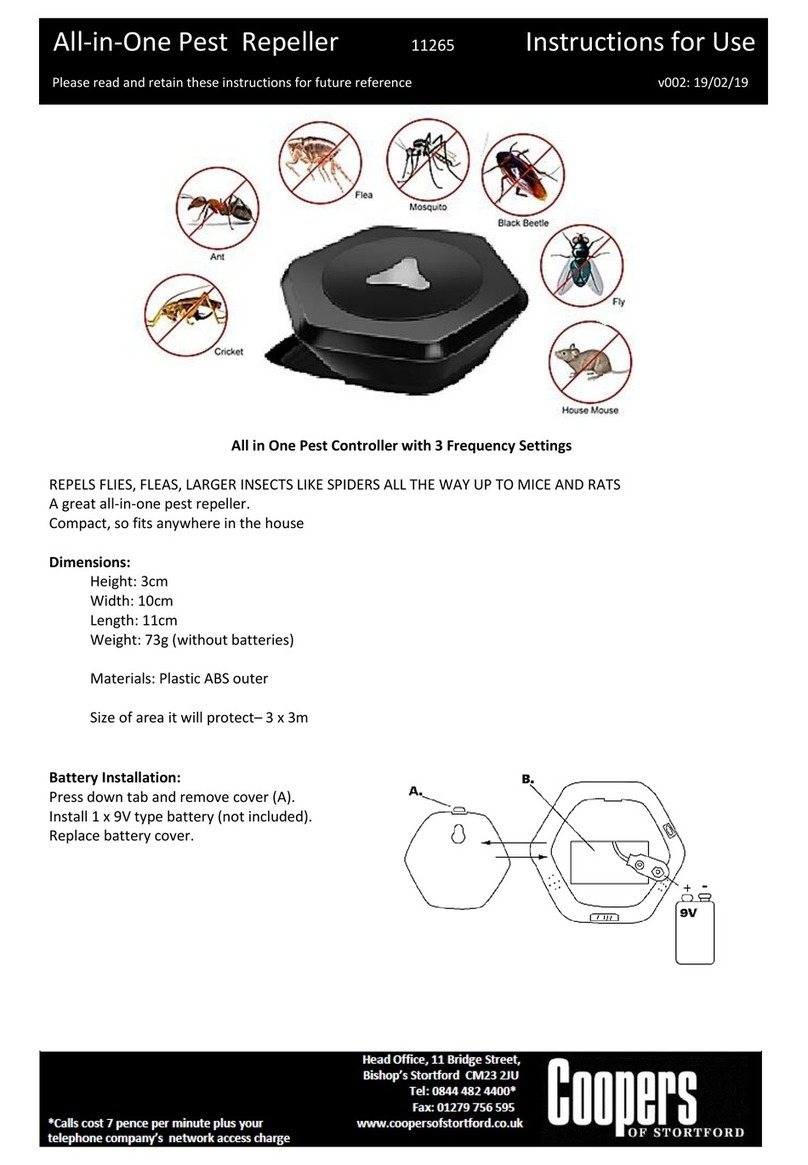
Coopers of Stortford
Coopers of Stortford 11265 User manual
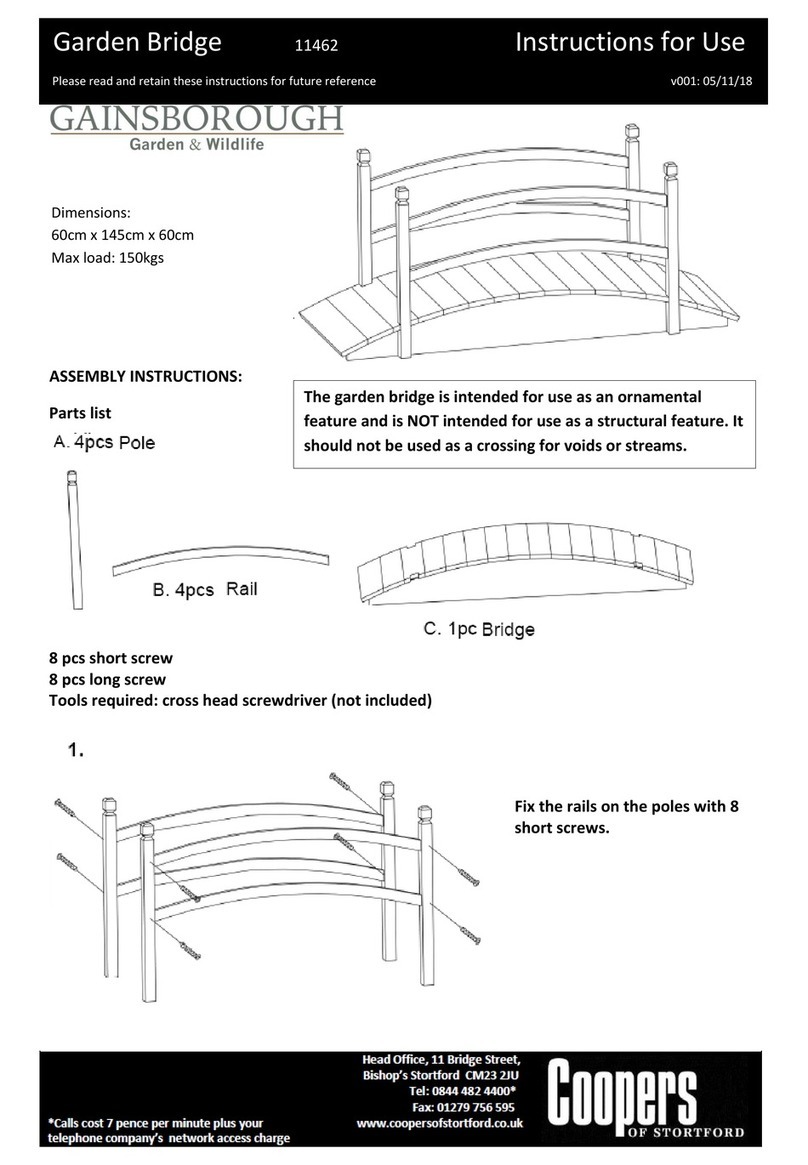
Coopers of Stortford
Coopers of Stortford Gainsborough Garden Bridge User manual
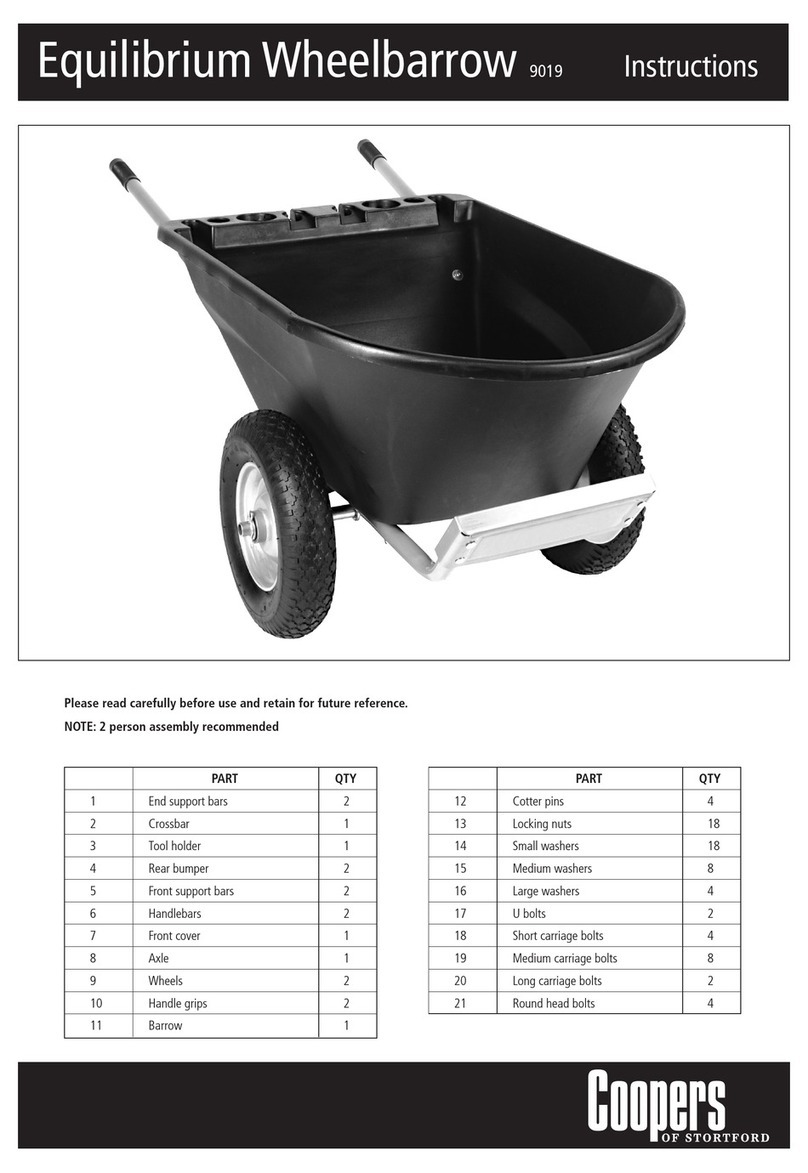
Coopers of Stortford
Coopers of Stortford 9019 User manual
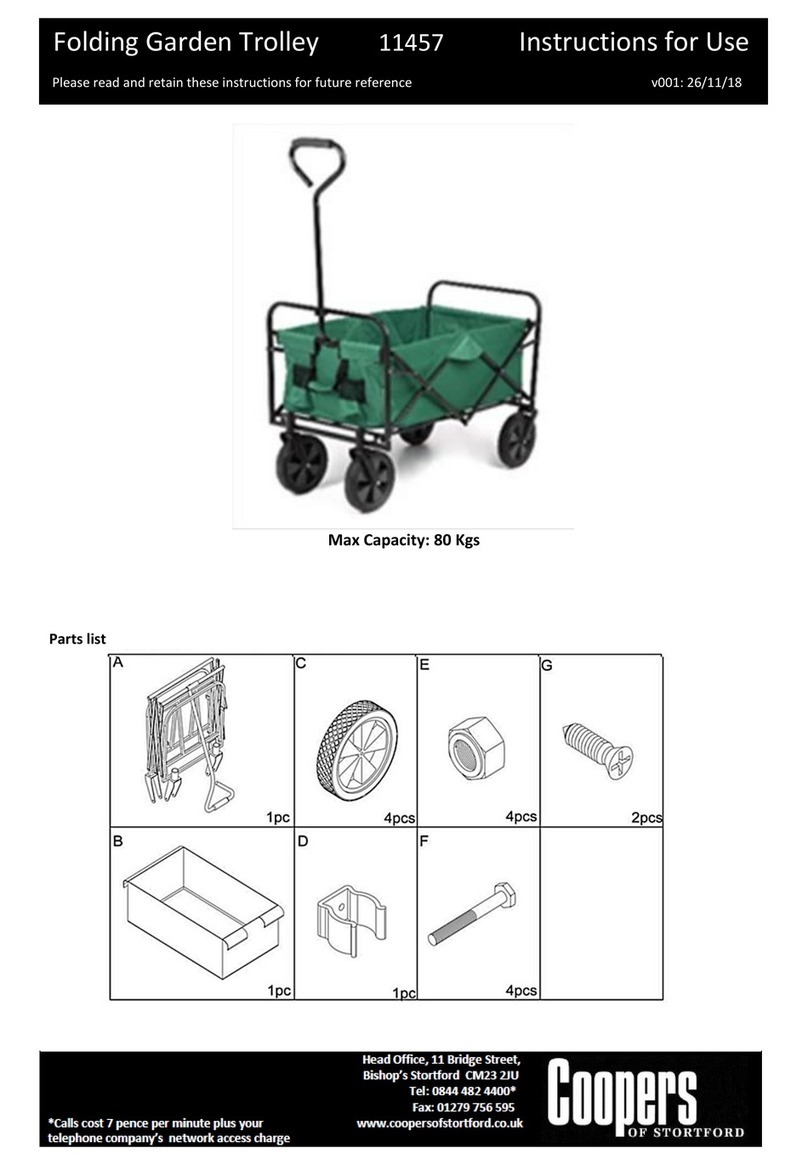
Coopers of Stortford
Coopers of Stortford 11457 User manual
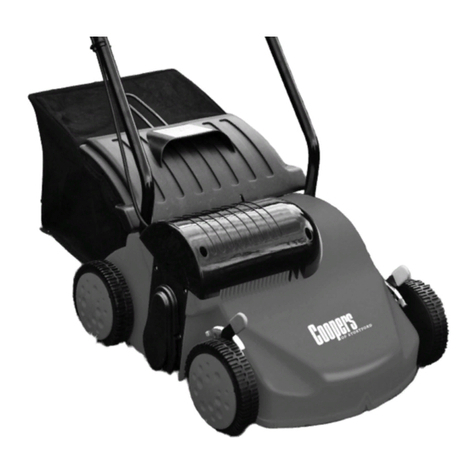
Coopers of Stortford
Coopers of Stortford 6673 User manual
Popular Lawn And Garden Equipment manuals by other brands
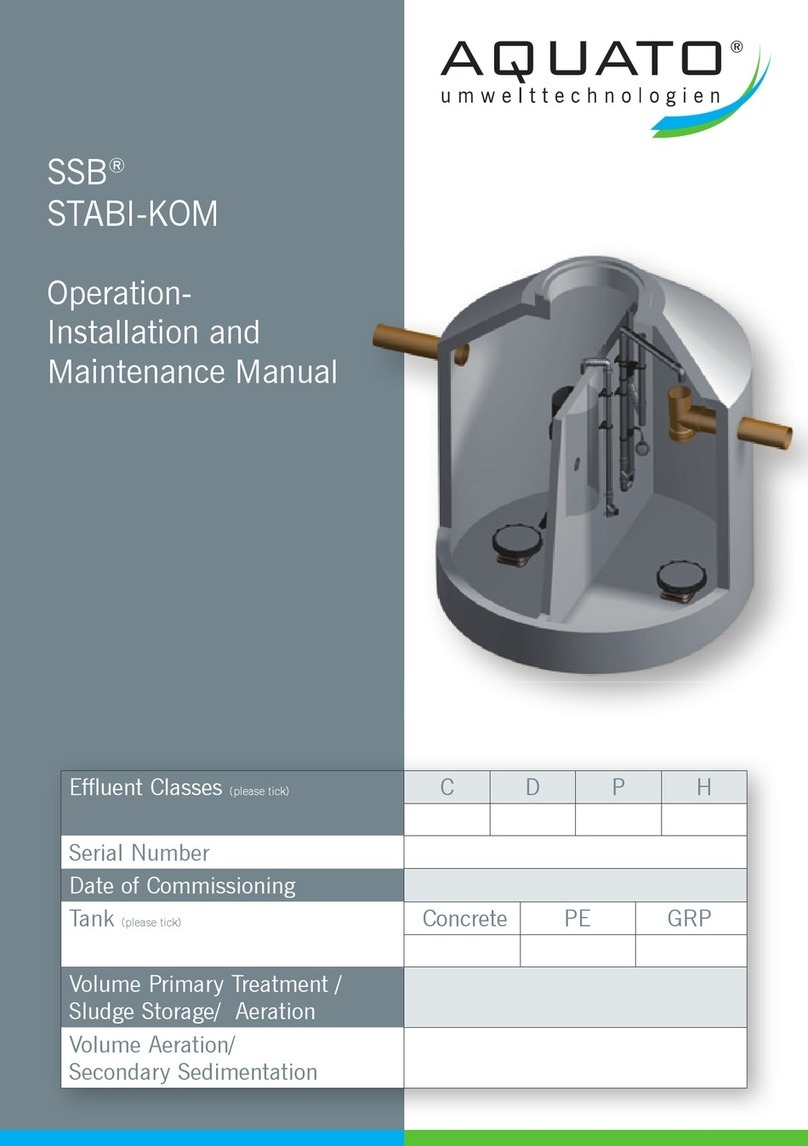
AQUATO
AQUATO STABI-KOM SSB Operation, installation, and maintenance manual

Solo
Solo MASTER 452 instruction manual
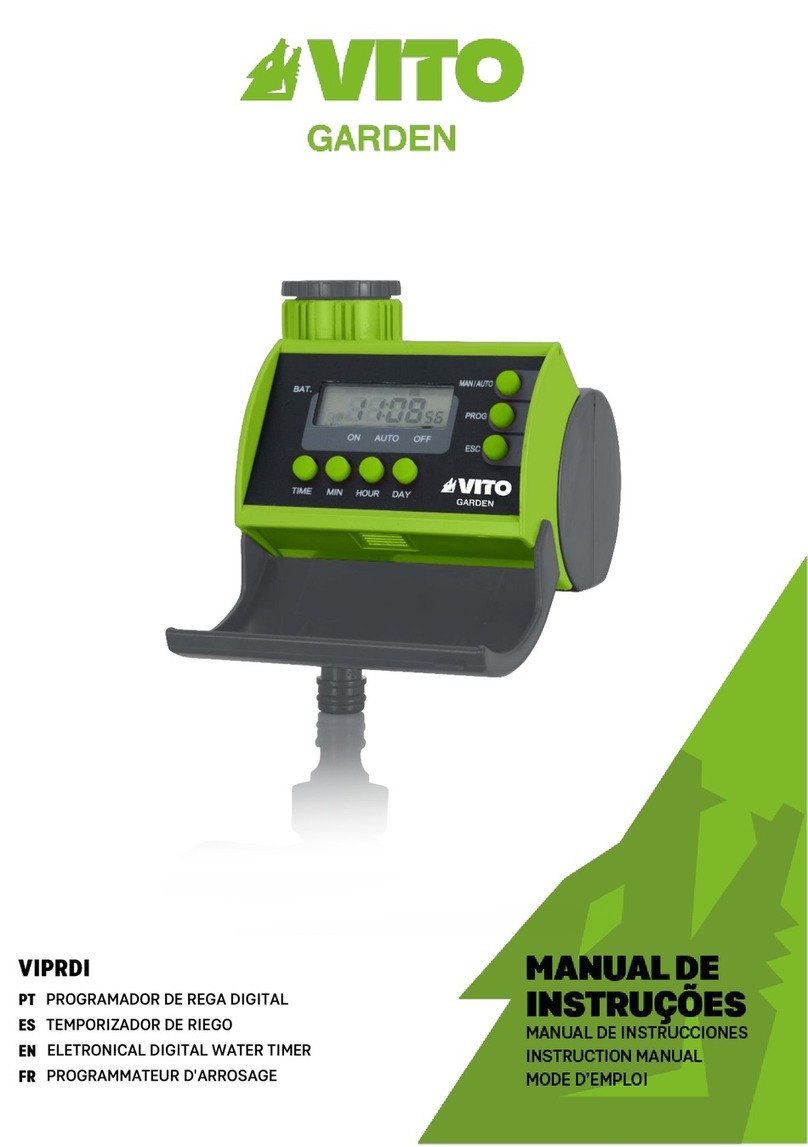
VITO
VITO GARDEN VIPRDI instruction manual
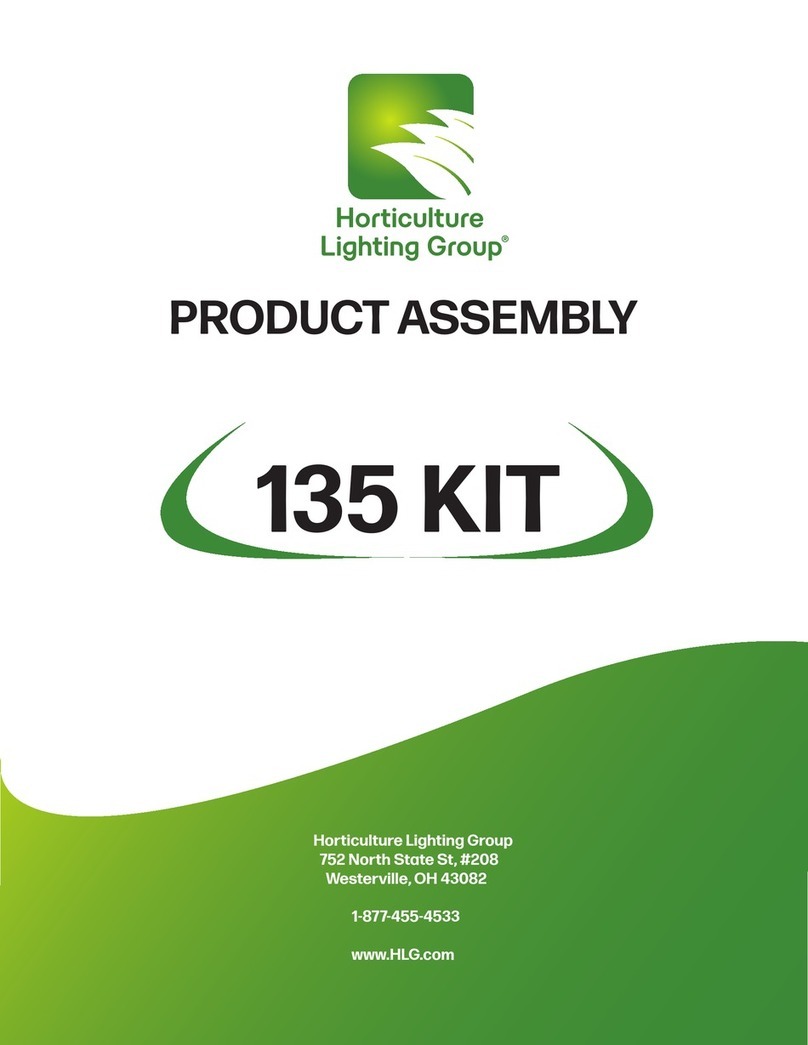
Horticulture Lighting Group
Horticulture Lighting Group 135 KIT Product Assembly
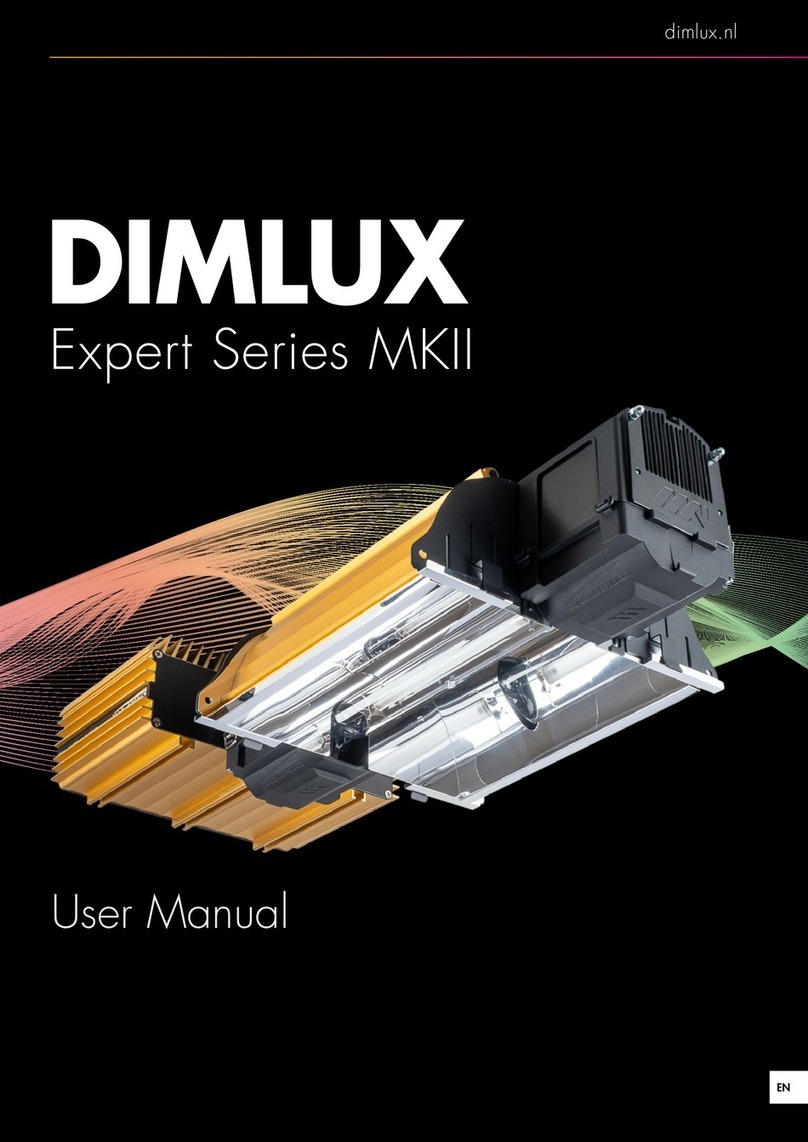
DIMLUX
DIMLUX EXPERT MKII Series user manual
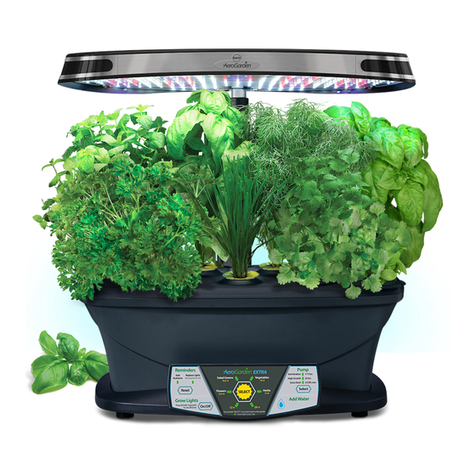
AeroGarden
AeroGarden EXTRA Quick setup guide
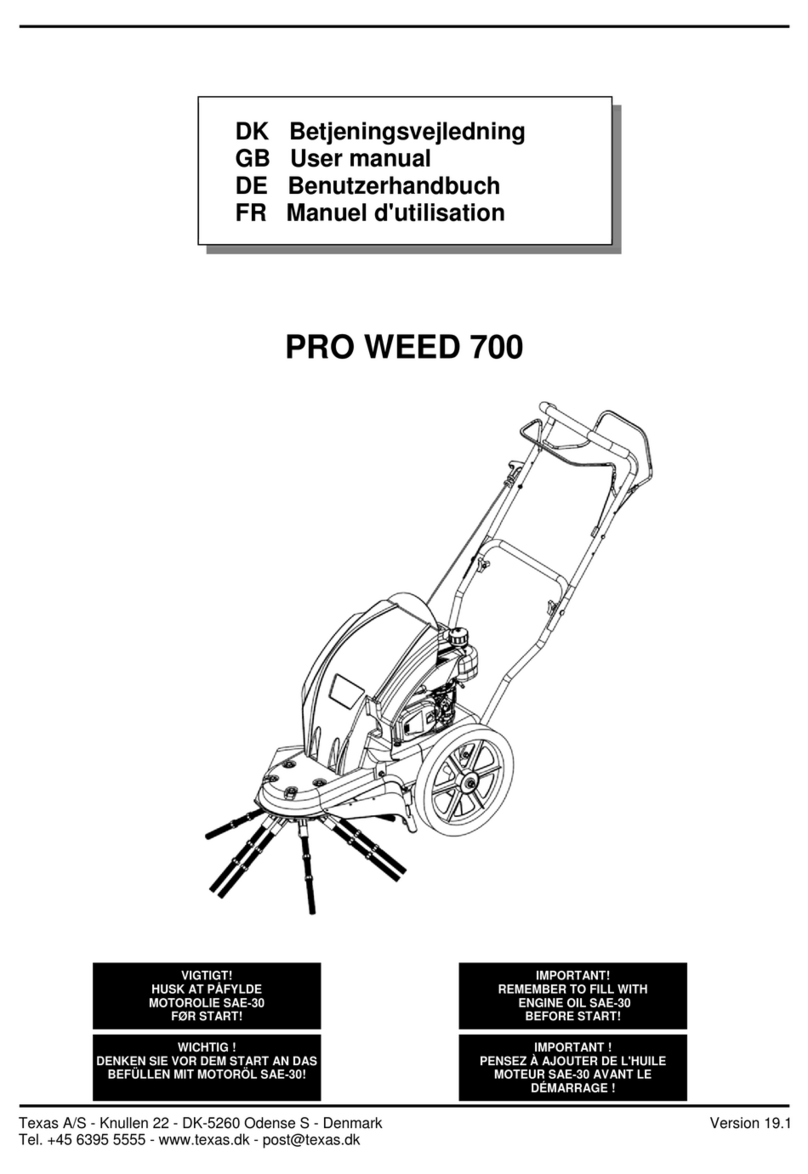
Texas
Texas PRO WEED 700 user manual
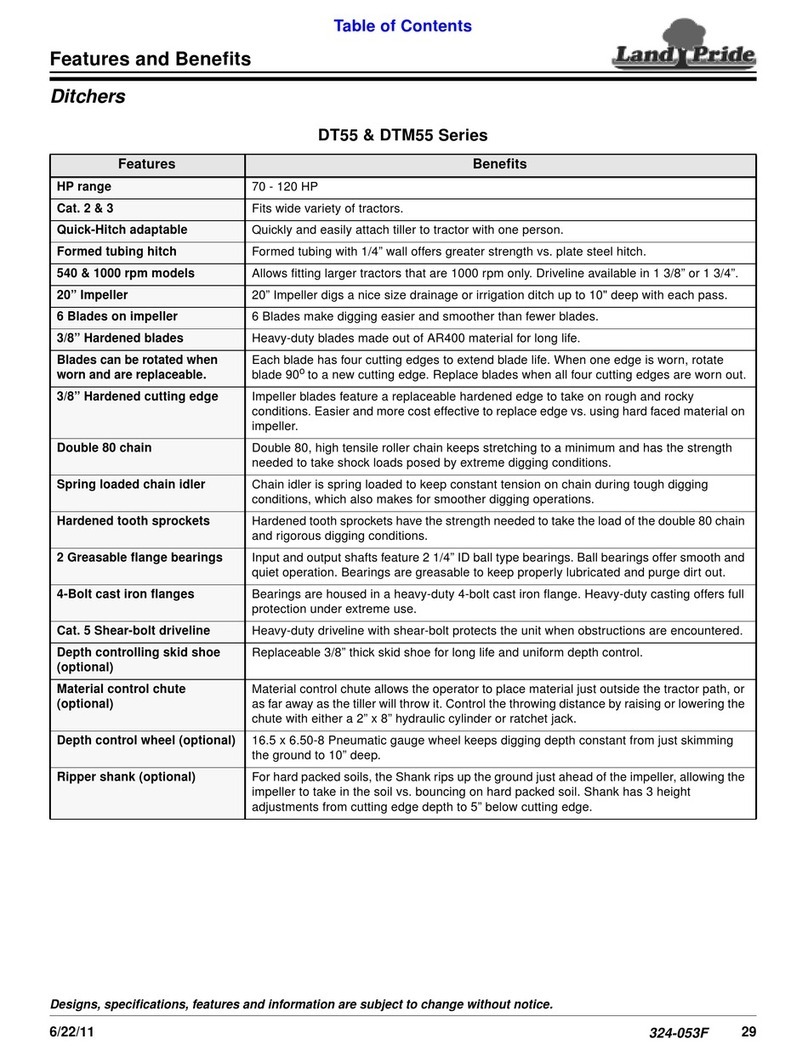
Land Pride
Land Pride Ditcher DT55 features and benefits
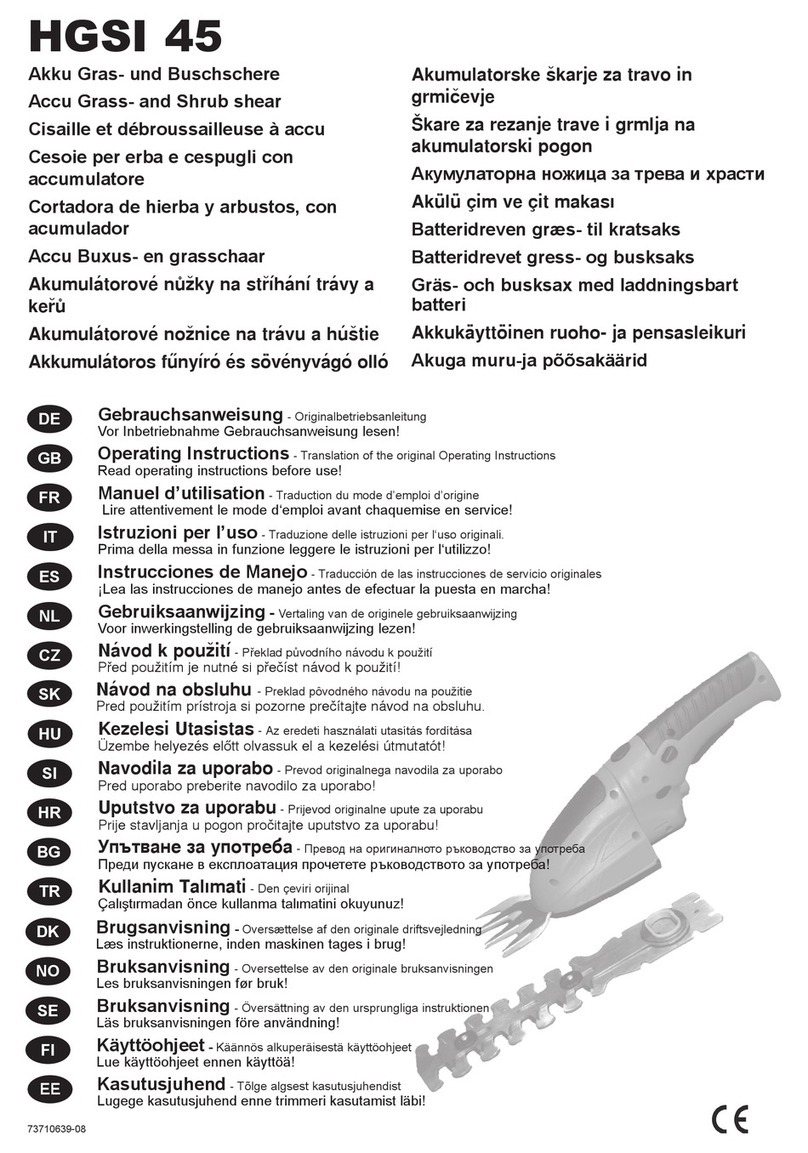
Hurricane
Hurricane HGSI 45 operating instructions
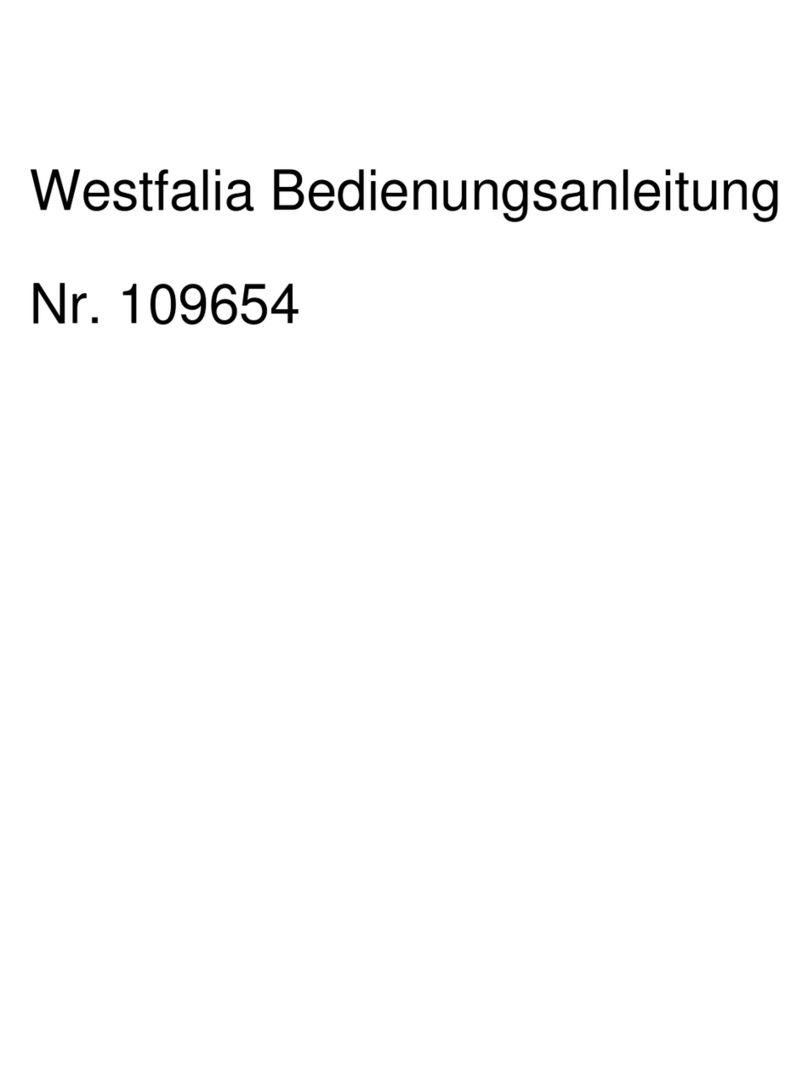
Westfalia
Westfalia 81 66 56 instruction manual
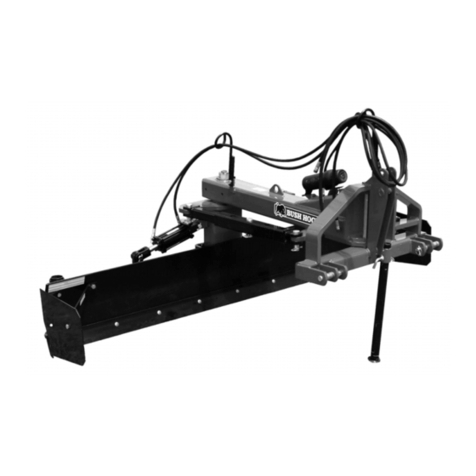
Bush Hog
Bush Hog FC-BL-0002 Operator's manual
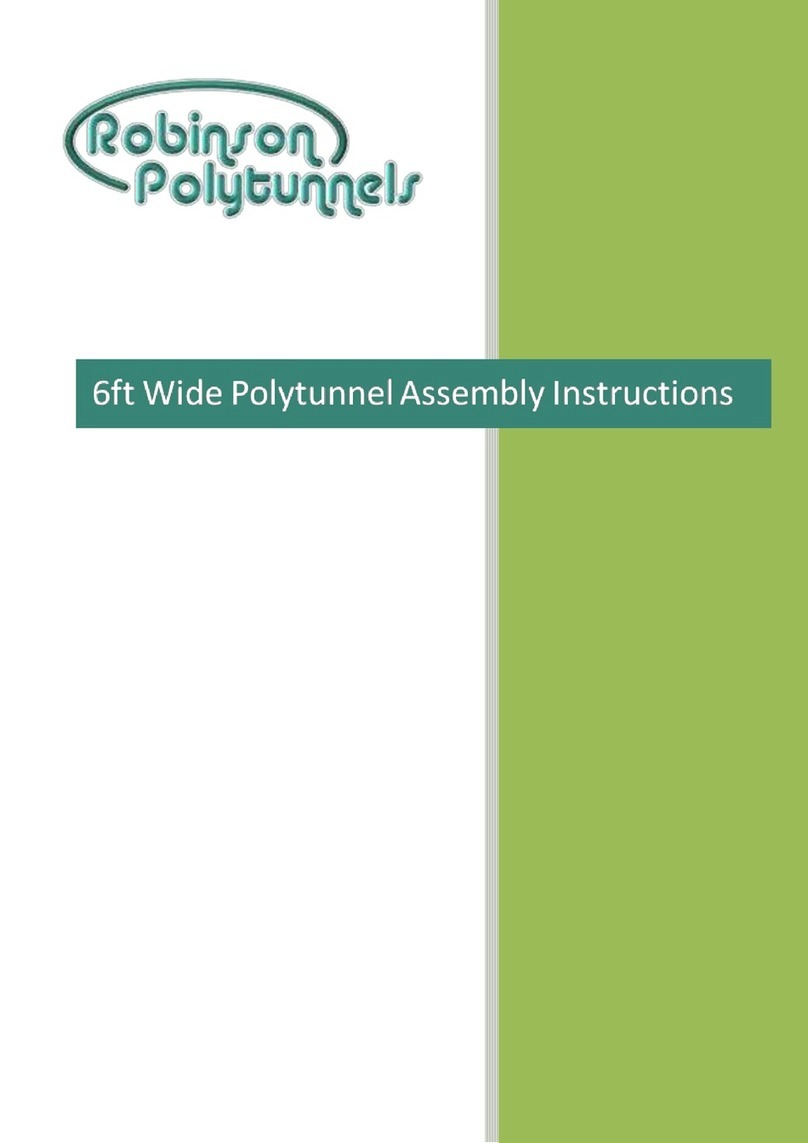
Robinson Polytunnels
Robinson Polytunnels 6ft Wide Polytunnel Assembly instructions





